
Matt Davies
Solar energy is the energy obtained from the sun, which drives almost every known physical and biological cycle in the Earth system. This energy is unlimited, and so long as the sun shines we are able to capture and utilise its power.
A Brief History
The powerful effects of the sun have been known for over a century, with Edmond Becquerel discovering the photovoltaic effect in 1839; which is the direct conversion of sunlight into electricity. The first solar cell was invented in 1883 and in 1884 the world’s first solar panel was installed on a rooftop in New York. However, it wasn’t until 1980’s and 90’s that the technology became more affordable and an availability in the raw materials triggered a 50% cell production growth rate from 2006 to 2007. Panels also reached 40% efficiency for the first time at this point.

Solar Cells & Solar Thermal Tech
It is possible to capture solar power through solar cells (photovoltaic PV panels) or through solar thermal technology which uses the sun to heat water – and then produce electricity. Solar thermal is considered more efficient at collecting heat and fueling hot water systems as well as being more space efficient. However, PV panels have a longer lifespan and work well in both sunny and cold climates; whereas thermal is better suited to deserts and tropics. There may be many pros and cons to the different solar power systems to choose, but it really comes down to what it is being used for and how much it will cost.
These days, you can get one 100w solar panel kit for close to £100 and panels are expected to last around 25 years. The installation is easy and there is very little maintenance. However, there are some advantages and disadvantages to consider, when faced with whether or not to make the switch.
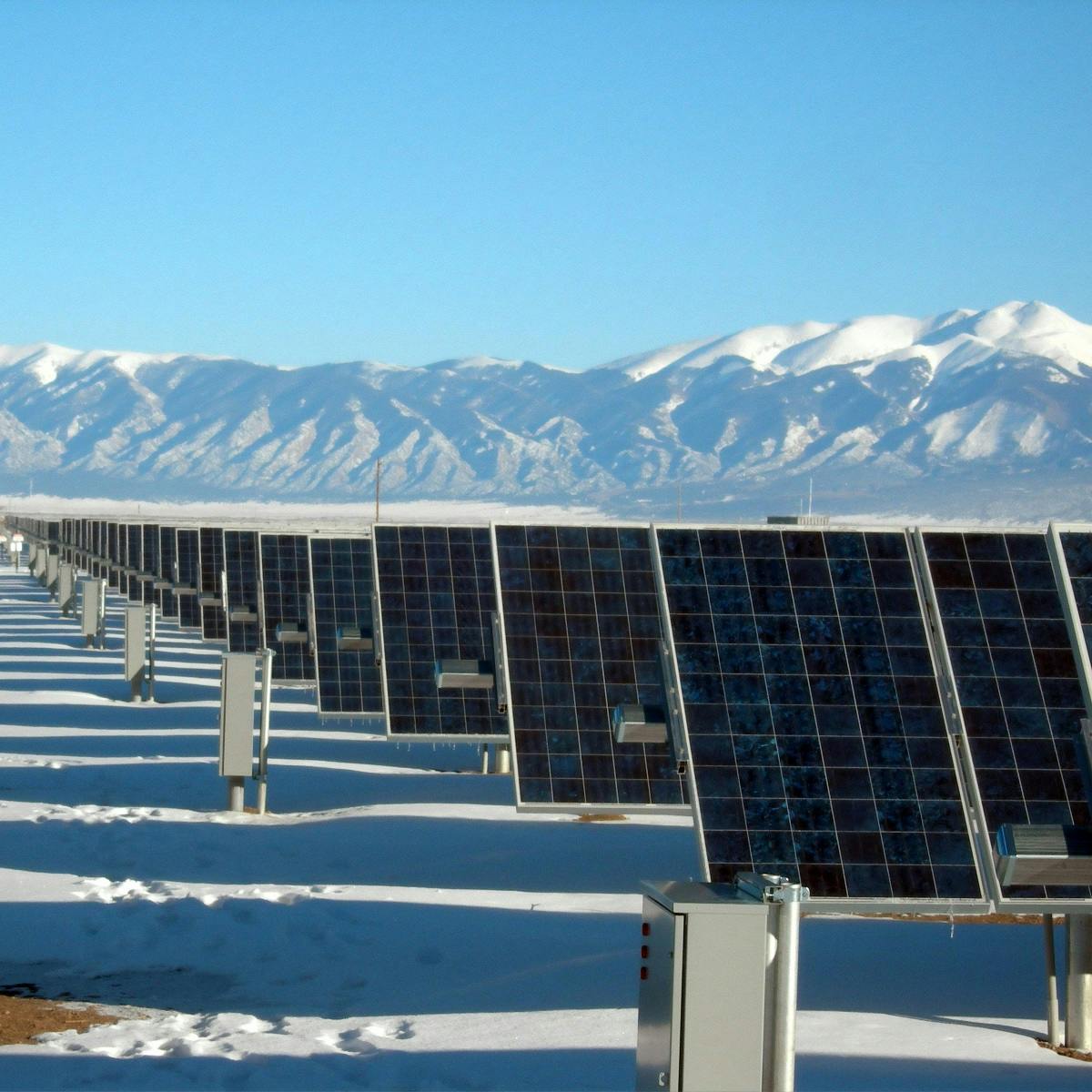
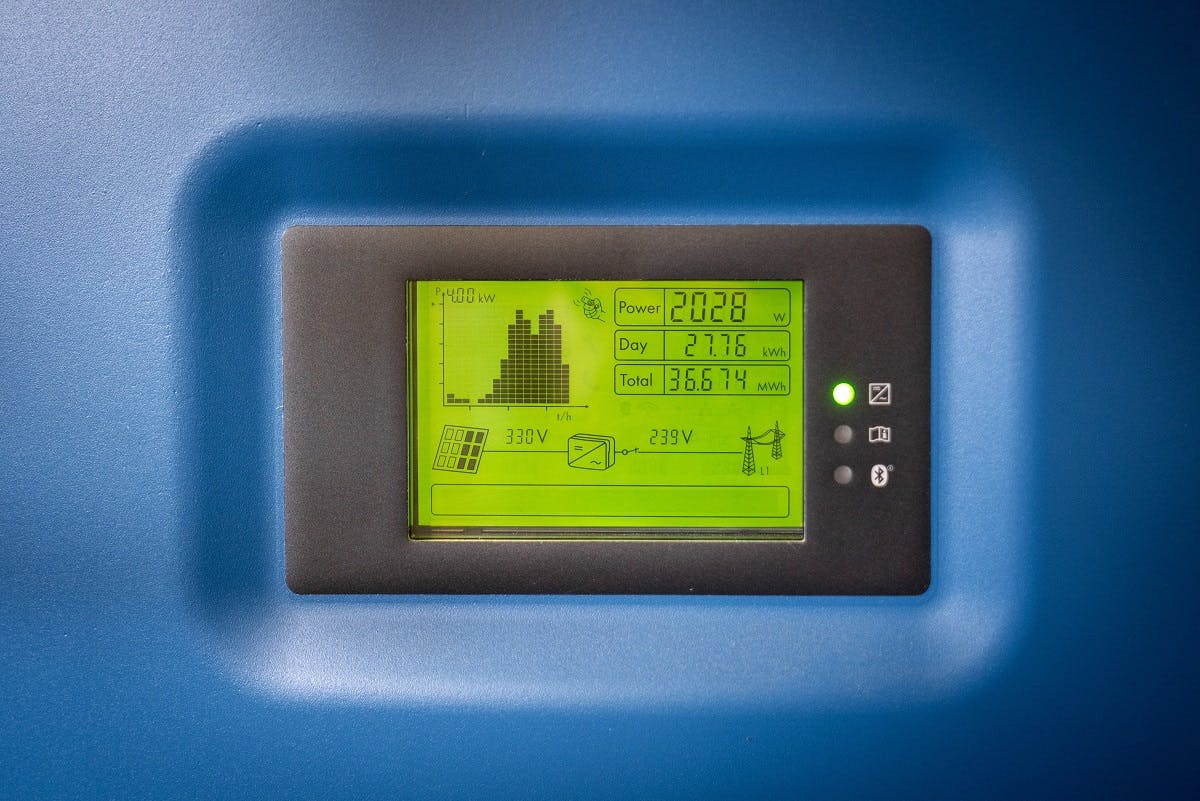

Take action now
Do you want to have a direct impact on climate change? Sir David Attenborough said the best thing we can do is to rewild the planet. So we run reforestation and rewilding programs across the globe to restore wild ecosystems and capture carbon.
Get involvedThe Pros of going Solar
The big advantage of solar energy compared with other sources is that it is a completely free, clean, renewable resource; meaning that it occurs naturally and can be replenished over time. Unlike other finite sources, such as coal and oil whose reserves will eventually diminish, the sun is here to stay.
The energy of the sun is abundant; we receive more energy from the sun in one hour than all of humanity uses in an entire year. And although the Earth receives around 173 petawatts of energy continuously, we are only able to harness merely 0.0001% of this vast amount; the solar energy we get is around 10,000 times greater than what we actually use on the Earth. Because of this potential, it has been heralded as the energy of the future.
The International Energy Agency stated “solar energy can make considerable contributions to solving some of the most urgent problems the world now faces: climate change, energy security, and universal access to modern energy services.”
What’s more, solar energy is not only an abundant, clean and free source of energy, but also a source of income. Installing solar panels on your roof will therefore reduce your carbon footprint as well as your electricity bills since you will use less energy from your supplier. If you are eligible for the Smart Export Guarantee (SEG), a UK government backed scheme, you can even get paid for the electricity you produce.

American solar power offsets over 70 million metric tons of carbon dioxide every year, which is like planting almost 1.2 billion trees.
Solstice Solar Energy
The Disadvantages
One of its limitations is the fact that solar technologies can not be used during the night, and that the amount of heat or electricity they generate depends on the location, time of the day and the weather changes. George Monbiot considers these constraints to severely impact its potential, as peak electricity usage in the UK is early evenings in the winter (when there’s little sunlight).
Solar panels often contain lead, cadmium, and other toxic chemicals that cannot be removed without breaking apart the entire panel. Approximately 90% of most PV modules are made up of a glass, which cannot be recycled as float glass due to impurities.
In 2016 The International Renewable Energy Agency (IRENA) estimated there were about 250,000 metric tonnes of solar panel waste in the world, which could even reach 78 million metric tonnes by 2050.
This highlights waste management as being an important part of the solar power future, especially if production rates are to continue to increase. Thankfully, recycling technology is improving and investment in the circular economy increasing; with some recent studies on recycling solar PV panels resulting in 96% efficiency.
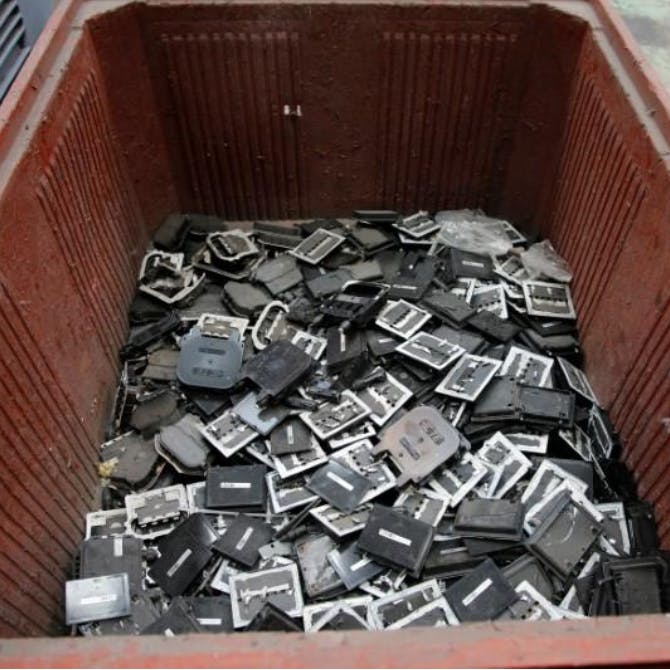
Getting Set Up
One important thing to consider is that there are grid-connected and off-the-grid solar systems. The first option is good if you wish to be a Small Scale Generator for the SEG scheme and also if you want to have access to electricity during the night. Off-the-grid systems are more suitable for cottages that have no access to the national grid, and most often go along with batteries to power the house when there is no sun.
Under the government-backed initiative SEG, you receive cash in return for generating your own electricity using renewable energy. Electricity price increases will affect how much you save on your electricity bills and the higher electricity prices go, the greater your savings. The cost of solar panel installation has fallen swiftly since the launch of the previous scheme, Feed-in Tariffs (FIT). Since the introduction of the April 2022 price cap, projected monthly savings from solar installations have increased by 27%, meaning UK household can see their solar panels pay for themselves after 2.5 years. Most countries offer similar schemes.
Finally, it is important to check if your panels and installer are high quality and guaranteed. In the UK, use installers that are Micro Generation Certified as well as a members of RECC (Renewable Energy Consumer Code).
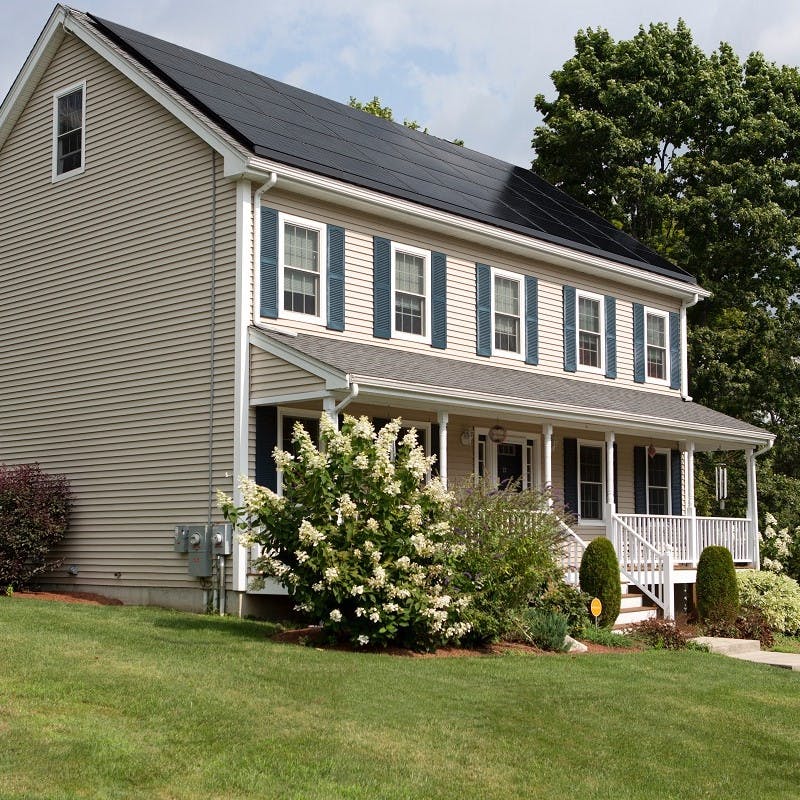
Going it alone
If you are not afraid of a challenging project you can design and install solar panels by yourself. You can design a system from scratch to suit your specific needs and furthermore it will save you labour costs. Before you start however, remember that it’s hard, time consuming work and you are solely accountable for your results, with no warranty, which you would normally get from a professional company.
DIY Solar Panels Checklist
- Inform yourself - find out about the solar potential in your country/city/area and the requirements to start such a project.
- Assess your house and surroundings - check the angling, orientation and capacity of the roof, look for shadow casting trees or buildings. This will help determine exposure and efficiency of the system, ideally you want the sun to hit the panels from at least 10am to 2pm. Check your electrical bills to find out your current power consumption and calculate how much you could cover with solar energy. For this step you can also consult a professional.
- Design your personalized system to fit your needs, including choosing the type, size and number of solar panels.
- File any necessary permits.
- Buy the equipment: solar panels, racks, inverters and other.
- Install: mount the solar panels and connect them to the racking system and inverter.
- Programme your settings.
- Maintain your solar panel system - once the installation works, there is not much that can go wrong, panels only need cleaning a couple of times of year as dust and bird droppings might reduce the amount of sunlight striking them.
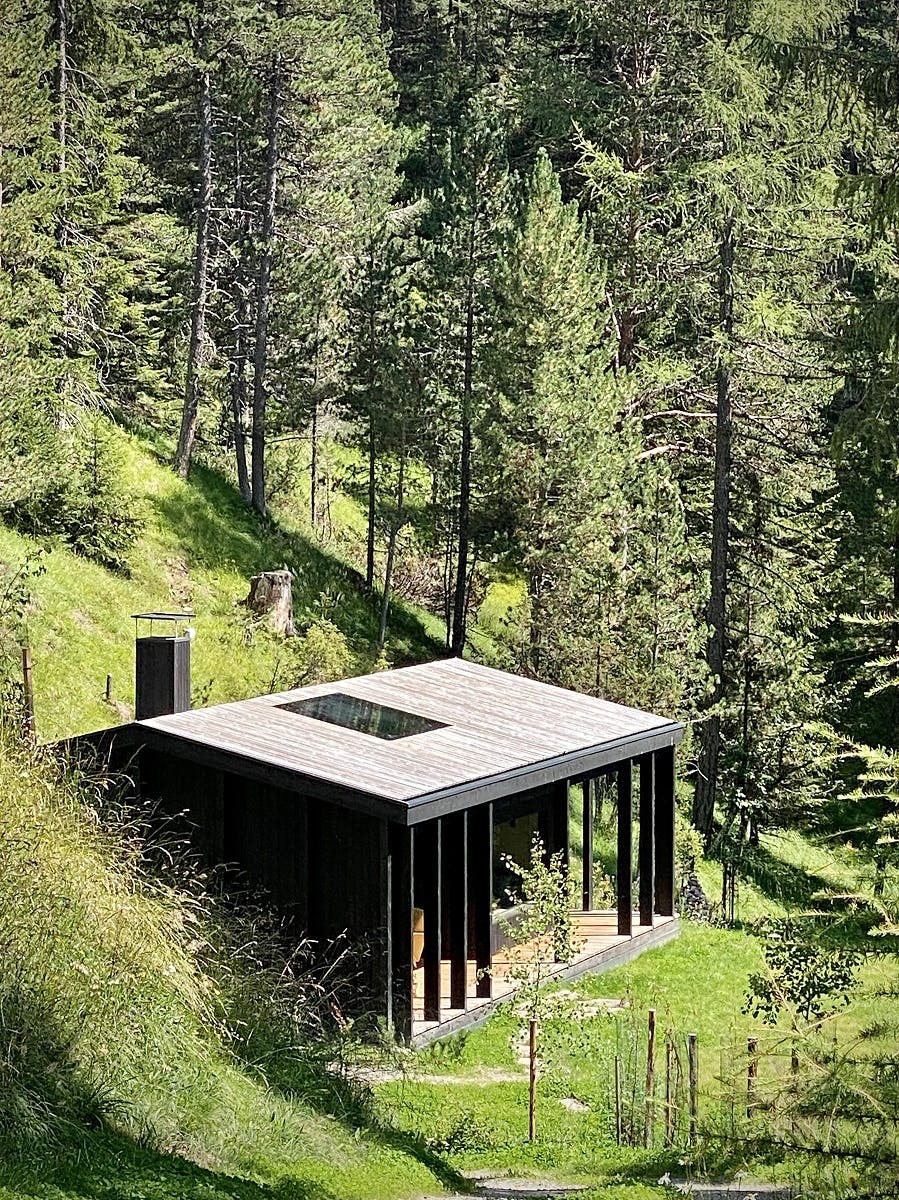
If this sounds like your kind of challenge, here are some links to help you get started:
- Free DIY online workshop and guides from american company Wholesale Solar, customised on your level and needs. It includes videos and articles on choosing a system type (grid-tied, off grid), design, battery assessment, panel types, mounting the hardware, permitting process, common mistakes etc.
- Solar Power for Beginners: The DIY Guide to Easily Install a Solar Power System in Your Home, by Will Smart.
- 10 best solar panel kits for home
- PVGIS - Photovoltaic Geographical Information System - online free solar photovoltaic energy calculator for stand alone or connected to the grid PV systems and plants, in Europe, Africa, America and Asia.
- Solar apps - list of top apps for the different stages of your project, preparation, installation and maintenance.
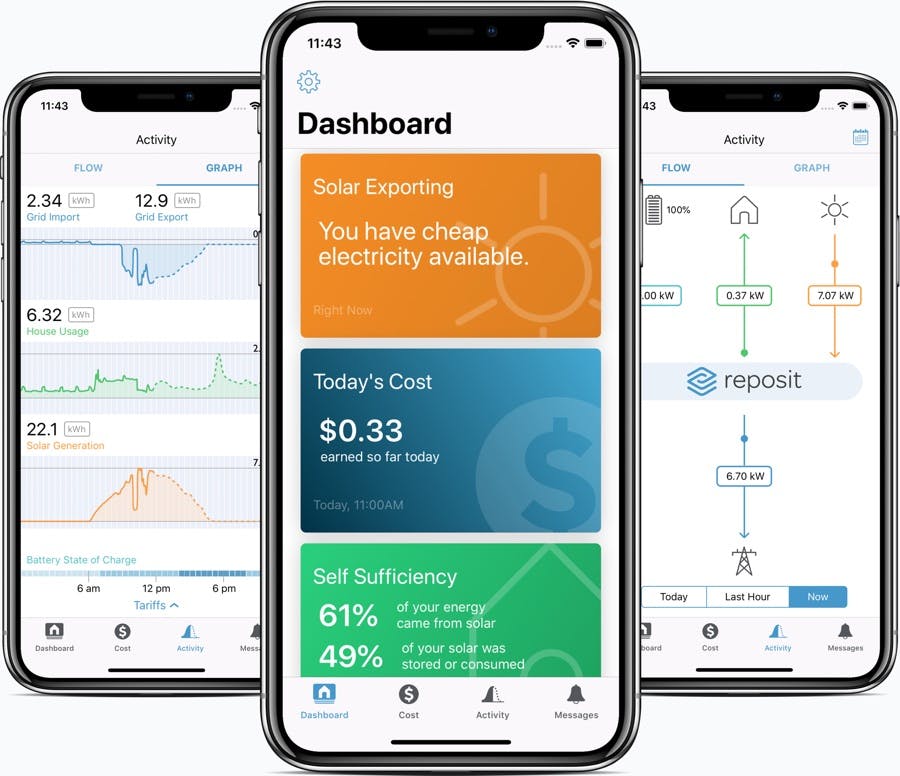
Innovations
Flexible Solar Panels
Solar panel technology is quickly advancing year on year, new innovations such as flexible solar panels are regularly being launched and improved on.
Flexible solar panels are made up of layers of thin film solar panel which are more than 300 times smaller than the common silicon solar panels. These thin film panels are lightweight, durable, flexible and are an interesting option depending on one’s project’s needs.
The overriding benefit for flexible solar panels is their unique ability to fit a variety of solar projects. E.g. imagine your home, carport or caravan are unable to take the weight of classic solar panels due to structural concerns, then these lightweight flexible panels are an optimal solution.
Financially speaking, flexible solar panels come with reduced installations costs because they require less labour to install, easier to transport and since they are lightweight there is no need for heavy-duty roof mounting equipment to install them.
However, flexible solar panels are less efficient compared to traditional panels. The former offering an efficiency of between 7 - 15%, while the latter 16 – 20%. The lowered efficiency also means more solar panels are required to produce the same level of energy, which is a barrier if you have limited roof space.
There are a number of flexible solar panel manufacturers out there, so before investing be sure to find the right one that fits your needs and budget. We recommend heading over to The Best Flexible Solar Panels of 2021 to help with that decision.
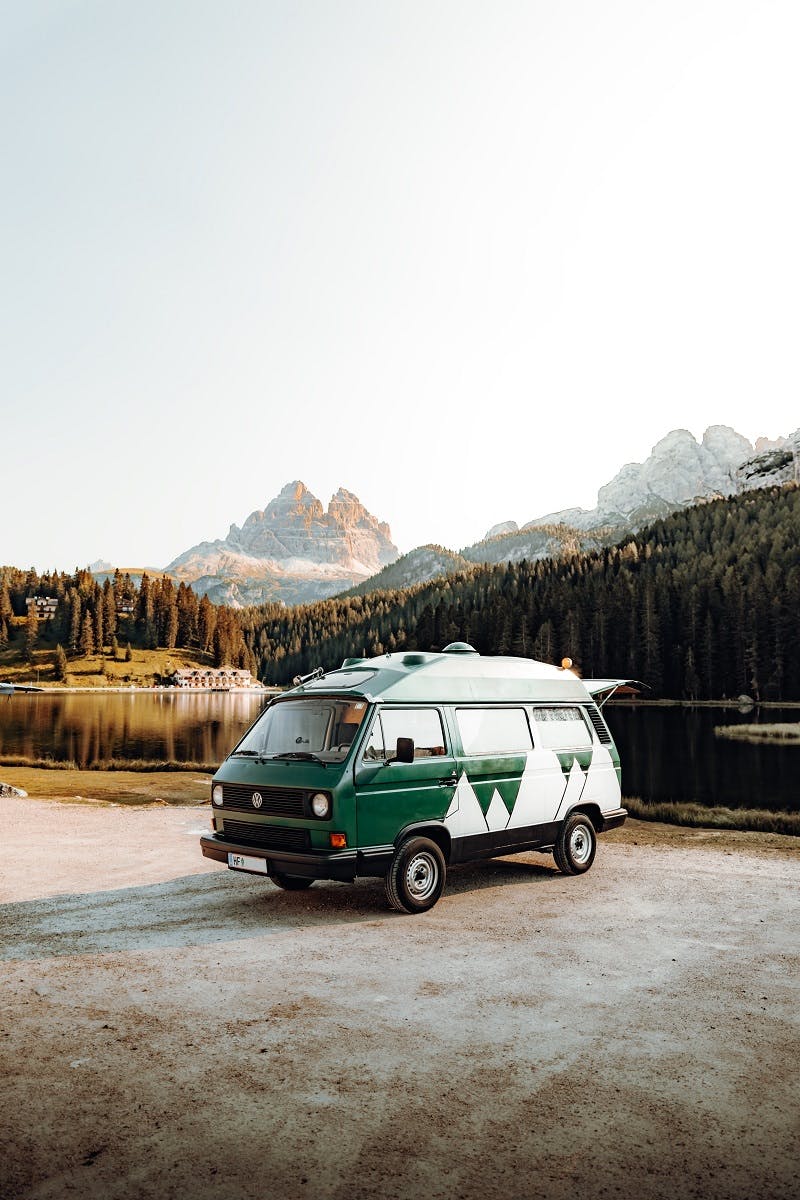
Solar on a Large Scale
Solar energy can not only power our homes but it is used to power companies, and even countries. As of 2017, India and China took over as leaders in large scale solar farms, with China housing the largest plant by far in The Tengger Desert, Zhongwei, Ningxia. The solar field covers 1,200 Km (3.2%) of land and produces 1547MW solar power. USA, Spain, Germany and Portugal are also responsible for harnessing huge amounts of energy through solar; and with the world doubling its solar power capacity in 2016, this is one renewable resource to keep an eye on.
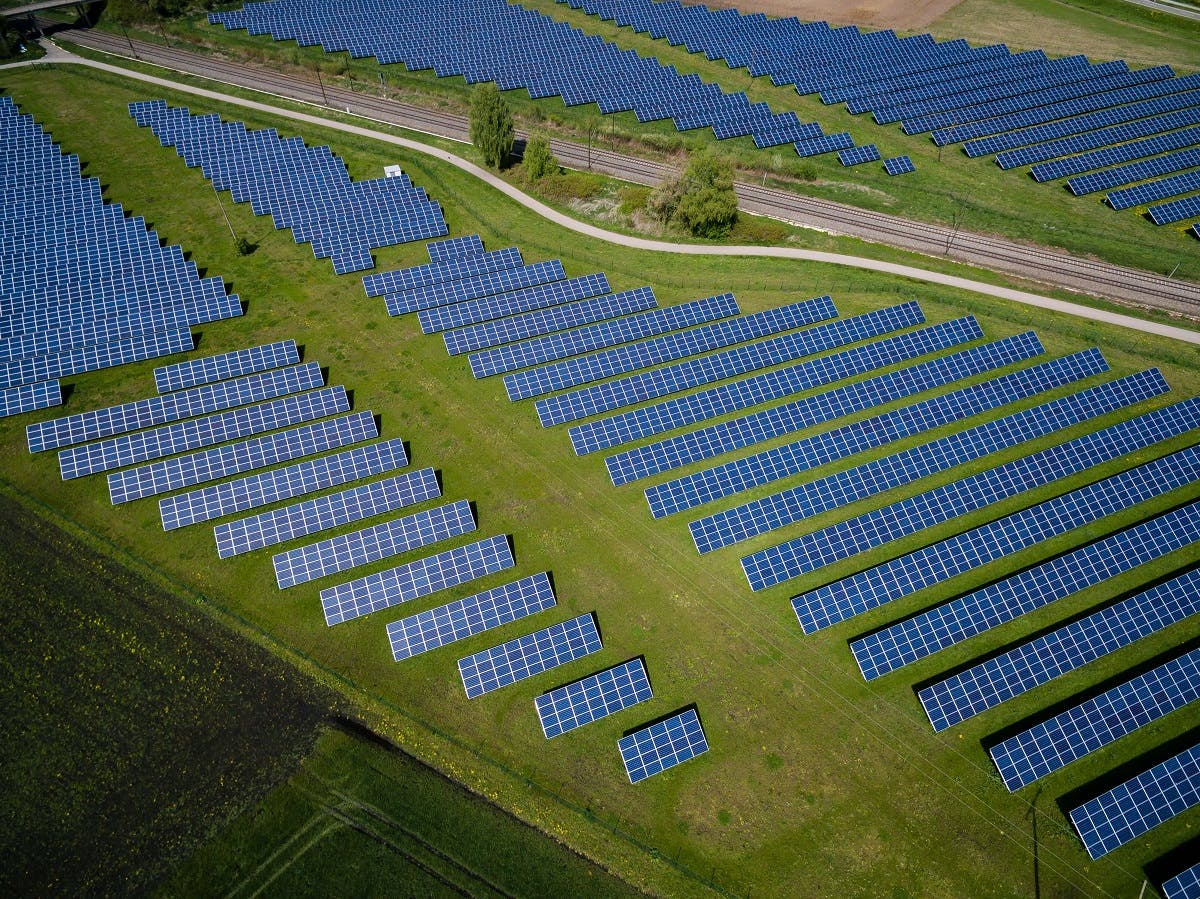
Sources & further reading

- “Directive (EU) 2018/2001 of the European Parliament and of the Council on the promotion of the use of energy from renewable sources” - Official Journal of the European Union
- “Climate & Earth’s Energy Budget” - Nasa Earth Observatory